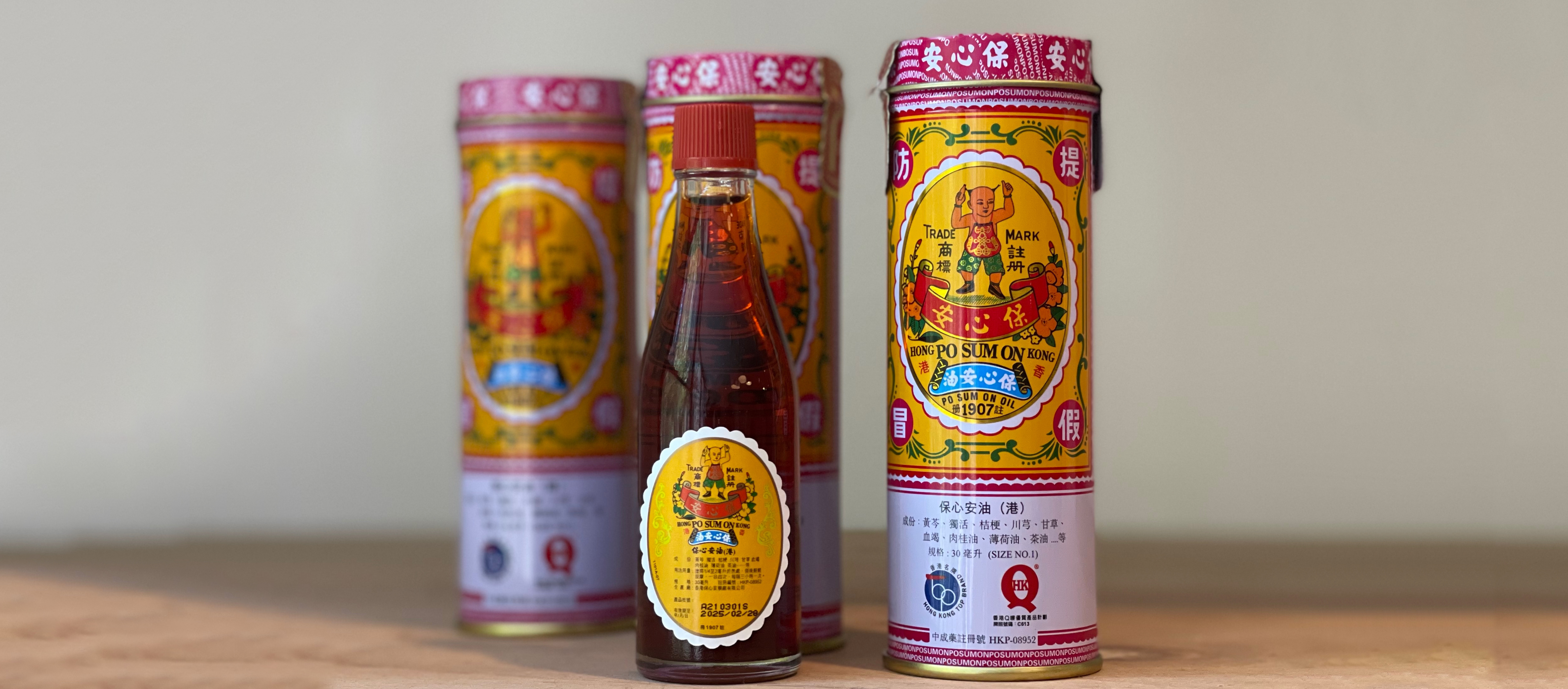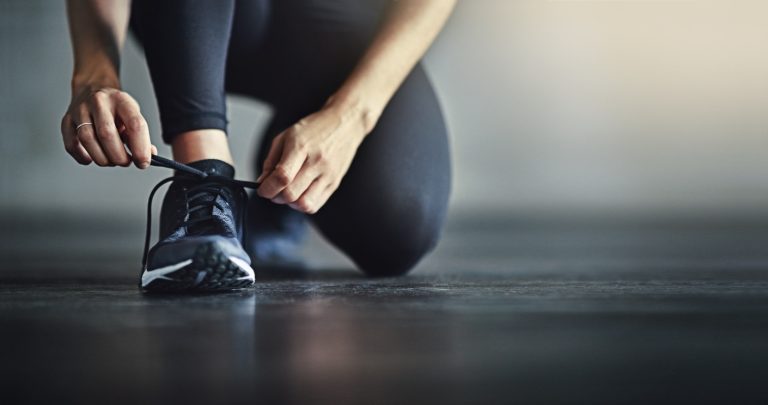I’m writing this after a day spent working in my garden and getting a lot of chores accomplished. To be honest I feel lucky that I was able to get out there and do it at all. I say this because my back has been really hurting. Just two weeks ago, as I bent over to pick up something about the size and weight of a roll of paper towel, I felt a bolt across my low back. It knocked me right to the ground and out of the game until now.
Almost everyone I know has had some kind of back pain. According to the National Institutes of Health, Low Back Pain is the second most common pain complaint in the country and Americans spend over $50 billion a year treating it.
There are many reasons that so many people suffer from back pain: jobs that strain the back, structural changes like pregnancy, poor posture, exercise (or lack of), scoliosis, age, bad lifting habits… and the list goes on. Our low back is the proverbial foundation that supports us, so almost all movement challenges it. For some people, even a little too much stress will send tension and pain right to their low back (a dubious alternative to headaches and stomach pain).
Back pain is known by many names including sciatica, degenerative disc disease, fibromyalgia, and lumbago. Yet while the back’s structure is unique, the issues are the same as with any type of joint pain.
These are
Structural Changes like a bulging disc or a change in the shape of the vertebra
Inflammation, caused by the bodies attempt to repair damaged tissue
Muscle Spasm, which reduces excessive movement and keeps you form positions that make things worse.
Even though these are ways that your body tries to heal itself, they all contribute to pressure on nerves…. which hurts.
How does Traditional Chinese Medicine help?
From a traditional Chinese medical point of view, health and vitality come from an abundance of Qi that flows smoothly through your body. Pain always occurs when Qi gets “stuck.”
Why it gets stuck is the big question. If you think of the Qi pathways as rivers, water flowing along them can be blocked by a dam (like a disc bulge pressing on a nerve), slowed because of debris (muscle tension), or perhaps there isn’t enough to flow properly because of drought (age or degeneration). Working with this equation of strength and circulation is one of the hallmarks of TCM. It allows us to address the immediate concerns of acute low back pain while understanding the causes that can lead to chronic conditions. Through Acupuncture, herbal medicine, and a variety of other techniques, we can effectively:
- Relieve pain
- Reduce muscle spasm and inflammation
- Support the body’s innate ability to heal itself
Studies have shown that acupuncture itself can provide relief by stimulating the release of naturally occurring pain killers. It is also believed to stimulate the nervous system and in turn, the way the brain registers pain signals. By breaking the cycle of pain perception and response, we can provide fast relief and quicken healing time.
To look or not to look
One of the questions that my patients with back pain wrestle with is whether or not to go to their General Practitioner and get images (x-ray, MRI, etc.) of their back. We all have the occasional, irrational fear that if our Doc tells us that XY & Z are wrong, then they get to call the shots on how to treat it. I personally tend to advocate getting the pictures, especially if the pain is either ongoing, really bad or we can’t figure out the reason. On the one hand, it may seem excessive and unnecessary; especially if you are committed to avoiding scary stuff like surgery and the information you get will do little to change the course of treatment. That said, getting a baseline image can be a good idea. In this way, we know what’s going on, and if things get bad again 10 years from now, we can see how they have changed.
What you can do
A lot of what helps my patients get and stay out of pain are the things that they can do themselves.
FOOD
Proper nutrition is key! Especially when pain is acute, it is a good idea to stay away form excessive amounts of salts, sugars and processed food. These contribute to inflammation which slows healing, as well as weight gain that puts even more strain on the back. This isn’t the time for comfort food.
STRETCH
Any time can be stretch time, especially if you are exercising or doing something strenuous. Also, if your body is changing gradually (as in pregnancy) or suddenly (like a twisted ankle) stretching your whole body can prevent injury and pain from your body compensating. If you sit at a desk all day, get up at least every half hour and stretch a little, even if only for 60 seconds.
ICE & HEAT
If you ask a dozen people about ice vs. heat, six will say one thing, and six’ll say the other. The general rule is Ice on acute injuries and warmth for chronic conditions. At the end of the day though, it’s about what gives you relief.
STRESS
It is no mystery that emotions play a role in how we manage pain. For some, when they are not feeling strong emotionally, their back reflects it by not standing tall physically. Wherever you find yourself in the mind-body conversation, it is generally agreed that the less stressed you are, the less likely you are to hurt yourself and more likely to heal quickly. If you are interested in finding out more about how back pain may be influenced by emotional stress, I recommend John Sarno’s book Healing Back Pain: The Mind-Body Connection
PROPER BODY MECHANICS
Whether you are a physical therapist or a paper pusher, any kind of work can put a strain on your back. Make sure your posture is straight, and consider ways to change your work environment to be more supportive.
EXERCISE
In my practice, poor muscle tone accounts for more low back problems than over-exercising. Keeping your back strong is a basic, but abdominal strength is equally important. Pilates made “core-strength” a household term, but there are lots of ways to develop it that don’t involve leaving your house.
I particularly like the Swiss Exercise Balls. They are affordable (ranging from $10 – $20), and the workouts on them vary from super simple and easy to really challenging.





